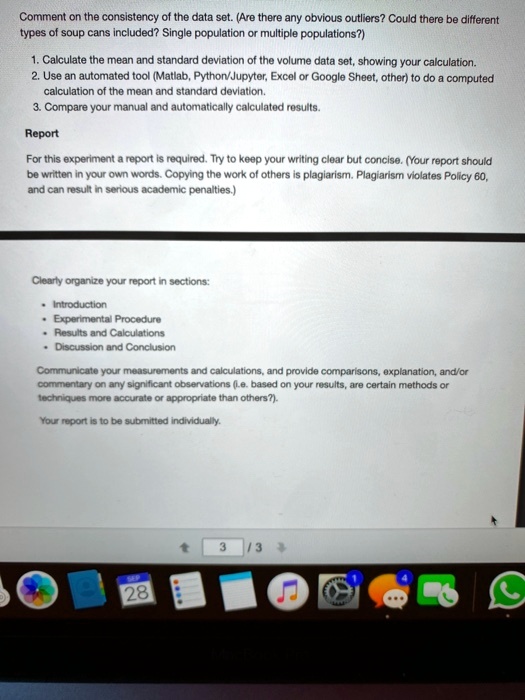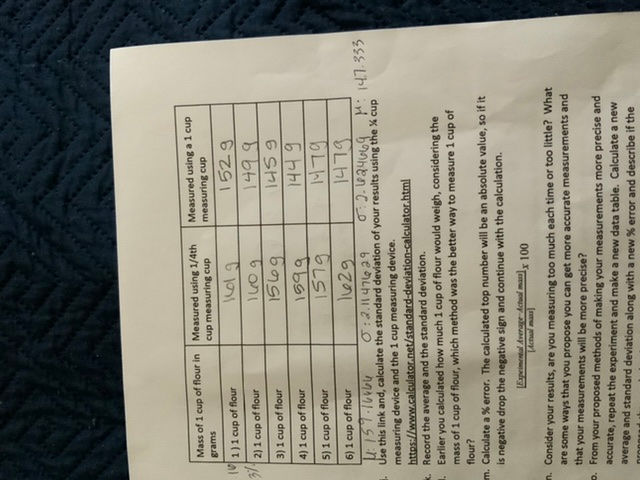


Average Scene Time = 5.Why is it important to determine the sample size?Īre you ready to survey your research target? Research surveys help you gain insights from your target audience.Average Scene Time = 5.5 mins Standard Deviation = 3 mins N=1,000 runs.

mins Standard Deviation = 3 mins N = 10 runs A tight interval at 95% or higher confidence is ideal. If you want a higher level of confidence, that interval will not be as tight. The level of confidence also affects the interval width. A smaller sample size or a higher variability will result in a wider confidence interval with a larger margin of error. A larger sample size or lower variability will result in a tighter confidence interval with a smaller margin of error. The precision of your statistics depends on your sample size and variability. For confidence intervals around the mean, the margin of error is just half of your total confidence interval width. Here the number 7 is your margin of error. The confidence interval in the above example could be described at 94 to 108 bpm (beats per minute) or 101 bpm ± 7 bpm. We are 95% confident that the true pulse rate for our population is between 94 and 108.

You can use confidence intervals to describe a single group or to compare two groups. Confidence intervals use the variability of your data to assess the precision or accuracy of your estimated statistics. You determine the level of confidence, but it is generally set at 90%, 95%, or 99%. Providing a Range of ValuesĪ confidence interval provides a range of values that will capture the true population value a certain percentage of the time. In addition, the smaller your sample size, the less comfortable you can be asserting that the statistics you calculate are representative of your population. The more individual variation you see in your outcome, the less confidence you have in your statistics. Remember that there is variability in your outcomes and statistics. Why did your different samples yield different results? Is one sample more correct than the other? Suddenly, it's not clear that there's an important difference in age between these two groups. This time the average age for those with an IV is 9.2 years and the average age for those without an IV is 8.9 years, for a difference of 0.3 years. Now suppose you collect the same data over the next six weeks. From this, you might conclude that those receiving an IV were older on average. The difference between the two means is 1.9 years. You review the ambulance runs for the past two weeks and calculate a mean age of 10.4 years for those with an IV and 8.5 years for those without an IV. Suppose that you want to compare the mean age for those with and without an IV in the prehospital setting. Each sample you take will give you a different result. When you calculate a statistic based on your sample data, how do you know if the statistic truly represents your population? Even if you've selected a random sample, your sample will not completely reflect your population. Remember that there is variability associated with your outcomes and statistics.


 0 kommentar(er)
0 kommentar(er)
